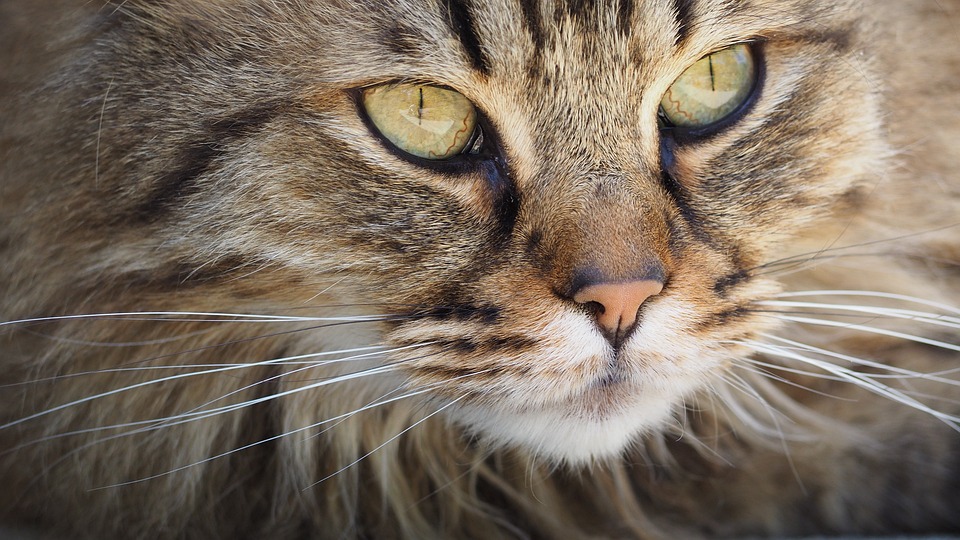Introduction:
Cats are fascinating creatures, known for their playful and sometimes mysterious behavior. One behavior that often captures our attention is excessive vocalization during playtime. In this article, we will delve into the science behind this behavior, exploring the reasons why cats vocalize during play and what it signifies. Understanding your cat’s behavior can strengthen the bond between you and your feline friend.
I. The Role of Vocalization in Cat Communication
A. Understanding feline communication cues
Cats communicate in various ways, including through vocalizations, body language, and scent marking. Vocalizations play a crucial role in their communication repertoire. By understanding the different vocalizations, we can decipher what our cats are trying to convey.
B. The significance of vocalization
Vocalizations serve as a means of expressing emotions, needs, and intentions. Cats use different vocalizations to communicate various messages, such as meowing to grab our attention or purring to indicate contentment. By paying attention to these vocal cues, we can better understand our cats’ desires and emotions.
C. Different types of vocalizations during play
During play, cats may exhibit different vocalizations, including chirping, trilling, and even growling. These vocalizations vary depending on their level of excitement, engagement, and the type of play they are engaging in. Recognizing these vocal cues can help us gauge our cats’ enjoyment and engagement during playtime.
II. The Reasons Behind Excessive Vocalization during Play
A. Instinctual behavior and hunting instincts
Cats are natural hunters, and play mimics their hunting behaviors. Excessive vocalization during play can be a manifestation of their instinctual behavior. By vocalizing, cats may be expressing their excitement and simulating the sounds they would make while hunting prey.
B. Expressing excitement and stimulation
Excessive vocalization during play can also be a way for cats to express their heightened excitement and stimulation. Similar to how humans may laugh or shout during exhilarating moments, cats vocalize to release their pent-up energy and enthusiasm.
C. Social interaction and communication
Cats are social creatures, and vocalizations during play can serve as a means of social interaction and communication. By vocalizing, cats may be inviting their human companions or other cats to join in the play or engage in a friendly interaction.
III. The Science Behind Cat Vocalizations
A. Cat vocalization anatomy
To understand why cats vocalize during play, it is essential to comprehend their vocalization anatomy. Cats have a unique vocal structure that allows them to produce a wide range of sounds. Their vocal cords, larynx, and other specialized structures contribute to their ability to create various vocalizations.
B. The role of vocal cords and larynx
Cats’ vocal cords and larynx play a vital role in producing different vocalizations. The length and tension of their vocal cords, combined with the control they exert over their larynx, enable them to create a diverse range of sounds, from soft purrs to loud meows.
C. Neurological factors influencing vocalization
Neurological factors also play a role in cats’ vocalizations during play. The brain’s neural pathways that control vocalization are activated during moments of excitement and stimulation, leading to increased vocalization. Understanding these neurological factors can provide insights into the underlying mechanisms behind excessive vocalization during play.
IV. FAQs about Excessive Vocalization during Play
1. Why does my cat meow excessively during play?
Excessive meowing during play can be a sign of excitement, stimulation, or an invitation to engage with you or other cats. It is a natural behavior for some cats and should be seen as a normal part of their playtime.
2. Is excessive vocalization a sign of aggression?
Excessive vocalization during play is typically not a sign of aggression. It is more likely an expression of excitement and engagement. However, if the vocalizations are accompanied by aggressive body language or biting, it is essential to assess the situation and intervene if necessary.
3. Should I be concerned if my cat is silent during play?
Not all cats vocalize during play, and silence should not be a cause for concern. Some cats may prefer to express their enjoyment through body language or other non-vocal cues. As long as your cat is actively engaged and exhibiting positive behavior, there is no need to worry.
4. How can I tell the difference between playful vocalizations and distress vocalizations?
Playful vocalizations are typically accompanied by relaxed body language, tail wagging, and an overall positive demeanor. Distress vocalizations, on the other hand, may be accompanied by signs of fear, aggression, or physical discomfort. Paying attention to your cat’s overall behavior and body language will help you differentiate between the two.
5. Can excessive vocalization during play be trained out of a cat?
Excessive vocalization during play is a natural behavior for many cats and may not be easily trained out. However, providing appropriate outlets for their energy, such as interactive toys and regular play sessions, can help channel their excitement and reduce excessive vocalization.
Conclusion:
Understanding your cat’s behavior, including excessive vocalization during play, can provide valuable insights into their needs, emotions, and overall well-being. Remember, each cat is unique, so pay attention to your feline companion’s vocal cues, body language, and overall behavior. Building a strong bond with your cat involves respecting their communication style and providing an enriching environment that supports their natural instincts.








